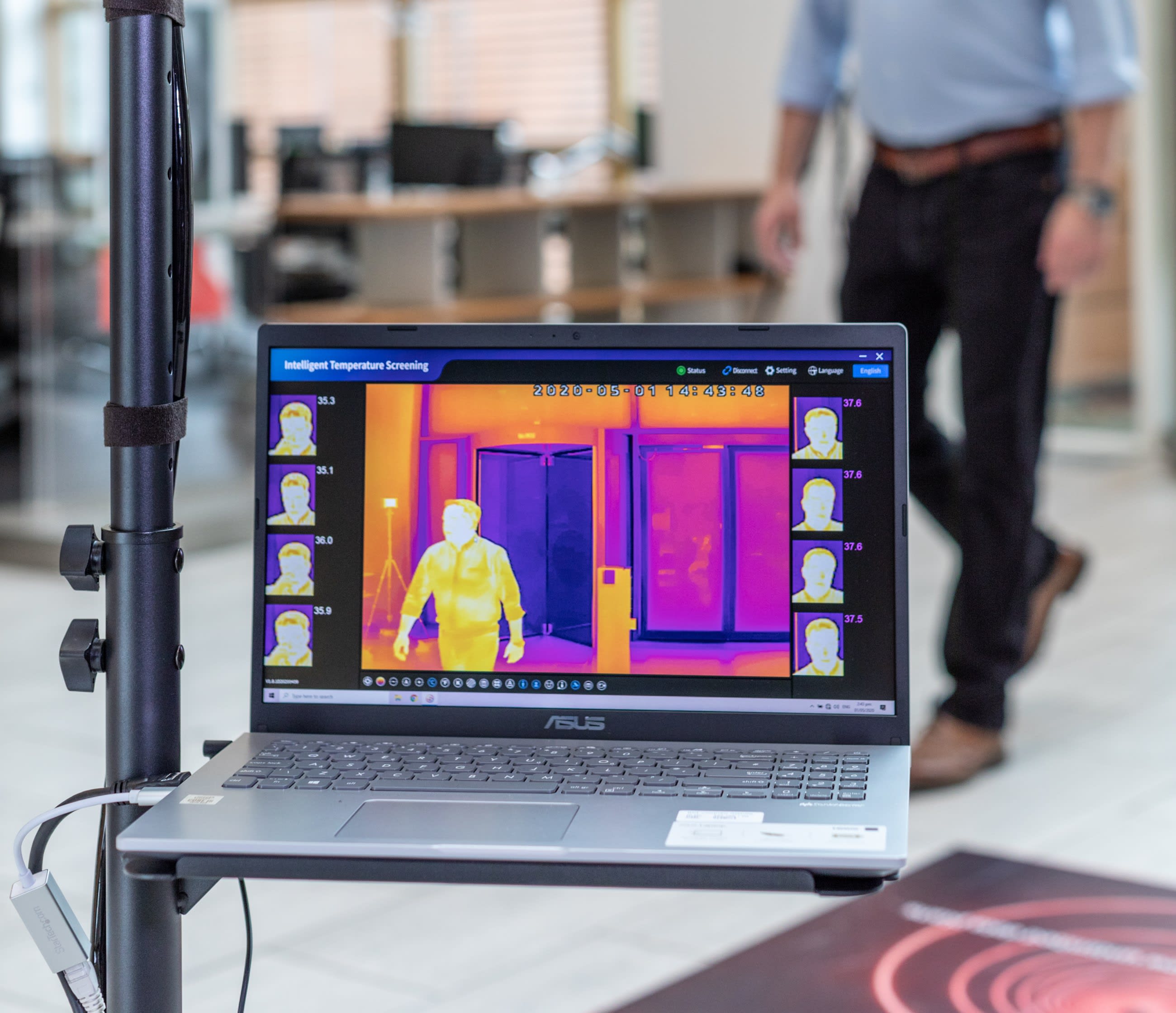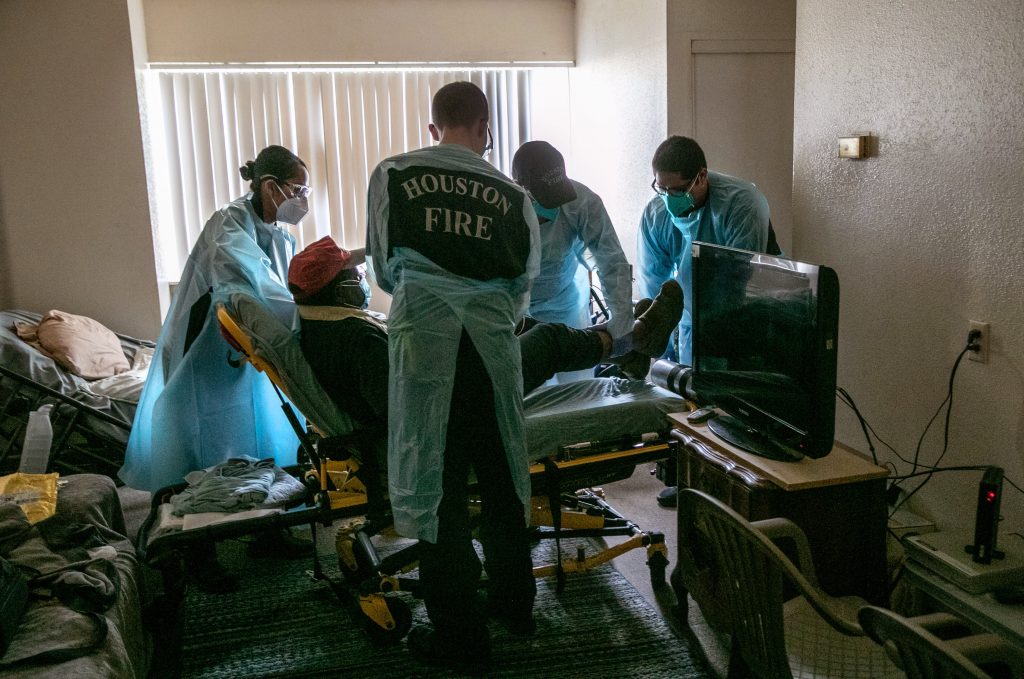
As the world struggles with the coronavirus, detecting whether or not someone is infected is one of the biggest challenges. The fastest test can return results in about 15 minutes, but in some cases results can take a week.
With the inability to identify coronavirus outside a test, febrile screenings have become one of the only methods to quickly spot those who may have a symptom of the virus.
As stores, restaurants, schools and offices reopen, they have turned to infrared technology to help identify fevers, one of the virus’ primary symptoms. And essential workplaces and companies like Amazon have used thermal screening technology throughout the pandemic in an effort to help keep workers safe.
Thermal cameras are nothing new. They were used in a similar manner during outbreaks of SARS, MERS and swine flu. Now, demand for infrared technology is at an all time high. The infrared camera market is expected to grow to $10 billion by 2026, up from $6 billion in 2019, according Global Market Insights. What was once a niche industry has suddenly been overwhelmed with demand.
One of the largest U.S. thermal device manufacturers is FLIR Systems.
“For 17 years we’ve been providing this technology, but primarily to ports and borders, airports, trying to screen for people coming through customs that may have a virus,” FLIR Systems CEO told CNBC. “If we look at SARS, H1N1, Ebola, all of those together don’t compare to the demand we’ve seen now. And from customers you wouldn’t have expected.”
While current demand is being driven by contactless thermometers and temperature screening devices, infrared technology has many applications. Aside from allowing you to use your television remote, infrared is prominent in industrial settings. It is also popular with the military, firefighters, search and rescue and in astronomy.
Thermal cameras are already widespread in Asia. China has been using them to help since the early days of the Covid-19 pandemic. The U.S. has been slow to adopt the technology, but that’s quickly changing. In July, Hawaii added infrared cameras to its airports. LAX and JFK are testing thermal cameras, and Canada has already mandated temperature checks in airports.
Ford Motor Co. deployed more than 380 infrared thermal-scanners to its facilities. Vodafone is deploying cameras made by surveillance tech company, Digital Barriers. They also will be used by The Venetian in Las Vegas, the PGA golf tour and the Baltimore Ravens’ training facility, to name a few examples.
Texas-based Infrared Cameras Inc. is another infrared device manufacturer. It says it has provided cameras for companies like Amazon, Southwest and FedEx.
“If you’re like FedEx in Memphis and you’re moving 10,000 people in there on a night shift through 10 doors, you know, you’re going to stand a system up at every door to measure those thousand people as they come through each door,” Infrared Camera CEO Gary Strahan said.
The accuracy of contactless thermometers has been called into question. These devices measure the skin surface temperature and are susceptible to inaccurate readings. Environmental factors can play a part in skewing a reading, as well as user error.
Noncontact temperature devices used in medical environments had to meet Food and Drug Administration certifications, but in April the FDA said it wouldn’t block products to increase availability.
“There’s only a handful of companies in the United States that actually make infrared medical devices,” Strahan said. “Well, now it’s a huge market. So all these people, people with zero experience in manufacturing any kind of infrared device, they’re buying sensors, they’re putting stuff together.”
Perhaps the biggest issue with thermal imaging as a screening tool is the variation in symptoms. Not everyone with Covid-19 exhibits a fever, and some don’t have any symptoms. But experts agree that like with other deadly diseases in the past, infrared technology can and should be part of the solution.
Watch the video to learn more.
For more on tech, transformation and the future of work, join the most influential voices disrupting the next decade of work at the next CNBC @Work Summit this October.

